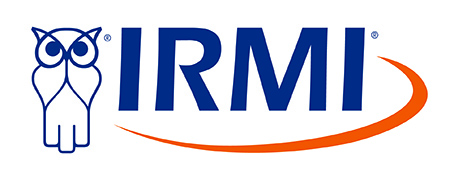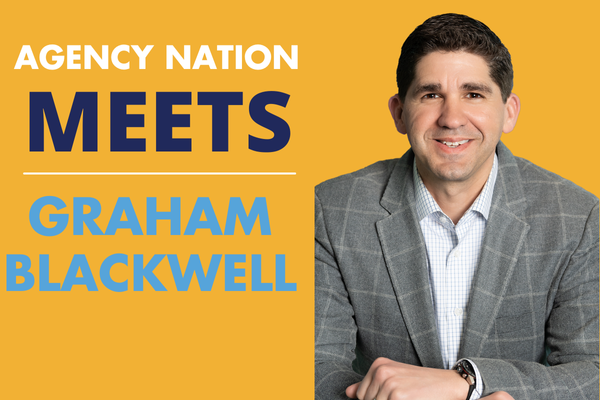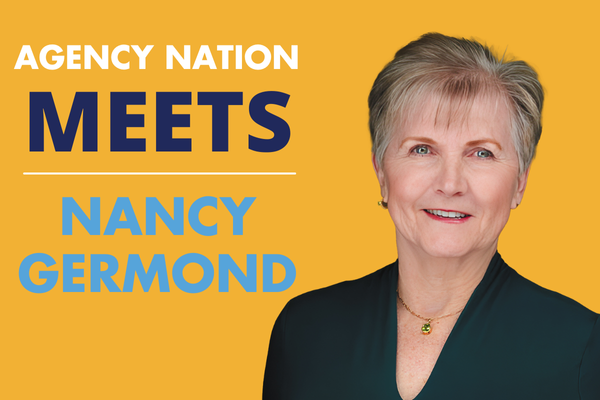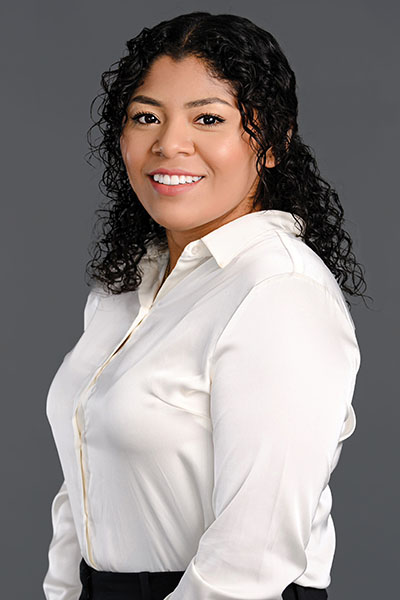Uncover Ridesharing Drivers in Your Book of Business

Many personal lines agents and brokers have insureds who drive for a ridesharing company like Uber or Lyft. But some of these clients may not be properly insured for this activity.
Once you identify these individuals, consider the three phases of ridesharing to understand the possible coverage ramifications. Then, you will be equipped to effectively offer recommendations to fill potential coverage gaps.
Uncover Your Ridesharing Clients
To start, determine which of your personal auto clients drive for a ridesharing company. Ridesharing is when the personal auto owner transports passengers with their vehicle on short trips. Reach out to your auto client base and advise your ridesharing drivers of potential coverage gaps.
Recognize the 3 Phases of Ride Sharing
To explain how best to insure your clients who drive for ridesharing companies, consider the three phases of ride-sharing :
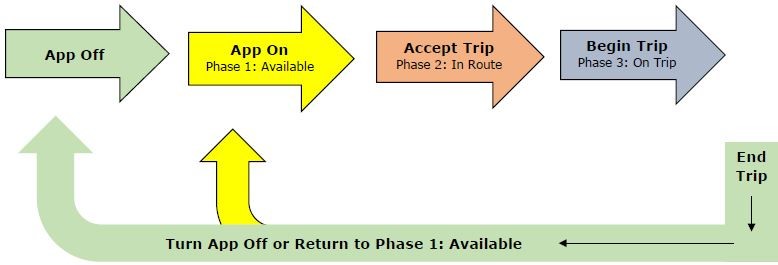
Phase 1: The app is on, but a ride connection is pending. During this phase, the Uber or Lyft insurance coverage is liability only (excess over any possible personal auto insurance), with typically low limits.
Phase 2: A trip is accepted and the driver is en route to pick up the passenger. The ridesharing insurance coverage is still excess only, but is deeper and broader during this phase. Gaps may still exist.
Phase 3: The passenger is picked up, and the trip is underway. The ridesharing company’s insurance is similar to Phase 2 coverage, but is now primary. The PAP provides absolutely no coverage during this phase.
Recommendations to Fill Ridesharing Gaps
Although a few state variations may apply, the following recommendations will prove helpful to your Uber- and Lyft-driving clients:
- Add the broadest endorsements, such as PP 23 41, ISO’s Transportation Network Driver Coverage (No Passenger), to the auto policy for protection during Phase 1 and 2. With this endorsement, the PAP provides primary coverage, and the ridesharing company’s insurance is excess.
- If a jurisdiction does not permit a PAP endorsement, procure a business auto policy for your client to provide primary coverage.
- Advise your client to purchase any optional insurance from the ridesharing company.
- Consider increasing your insured’s auto liability limits.
- Communicate to your client the limitations of the ridesharing company’s insurance, such as Lyft’s $2,500 physical damage deductible.
Become Your Client’s Personal Risk Manager
This process is a reminder to evolve from simply selling insurance to becoming your insured’s personal risk manager. Your clients will thank you, and your retention rates will inevitably increase.
For extensive information on this topic, subscribe to IRMI’s Personal Risk Management and Insurance. Please also sign up for IRMI’s free personal lines e-newsletter, the Personal Lines Pilot, for monthly articles on related topics.
